construction of flat roofs
Roofs that last
Construction of flat roofs
Construction and installation of flat roofs
Flat roof construction is our main activity. Since 1991, we have built many new flat roofs both in Estonia and abroad, repaired and renovated old flat roofs in practically every city and settlement in Estonia.
Flat roofs refer to roofs and roof slopes with a basic pitch of 1:100 to 1:10, with a waterproofing layer of roll materials as the roof covering. Flat roofs are also roofs with a variable pitch, where the slope can be 0°…90° (domes, hipped roofs, etc.).
The in-depth knowledge and practical experience gained over the years have enabled us to carry out a number of unique and challenging projects.
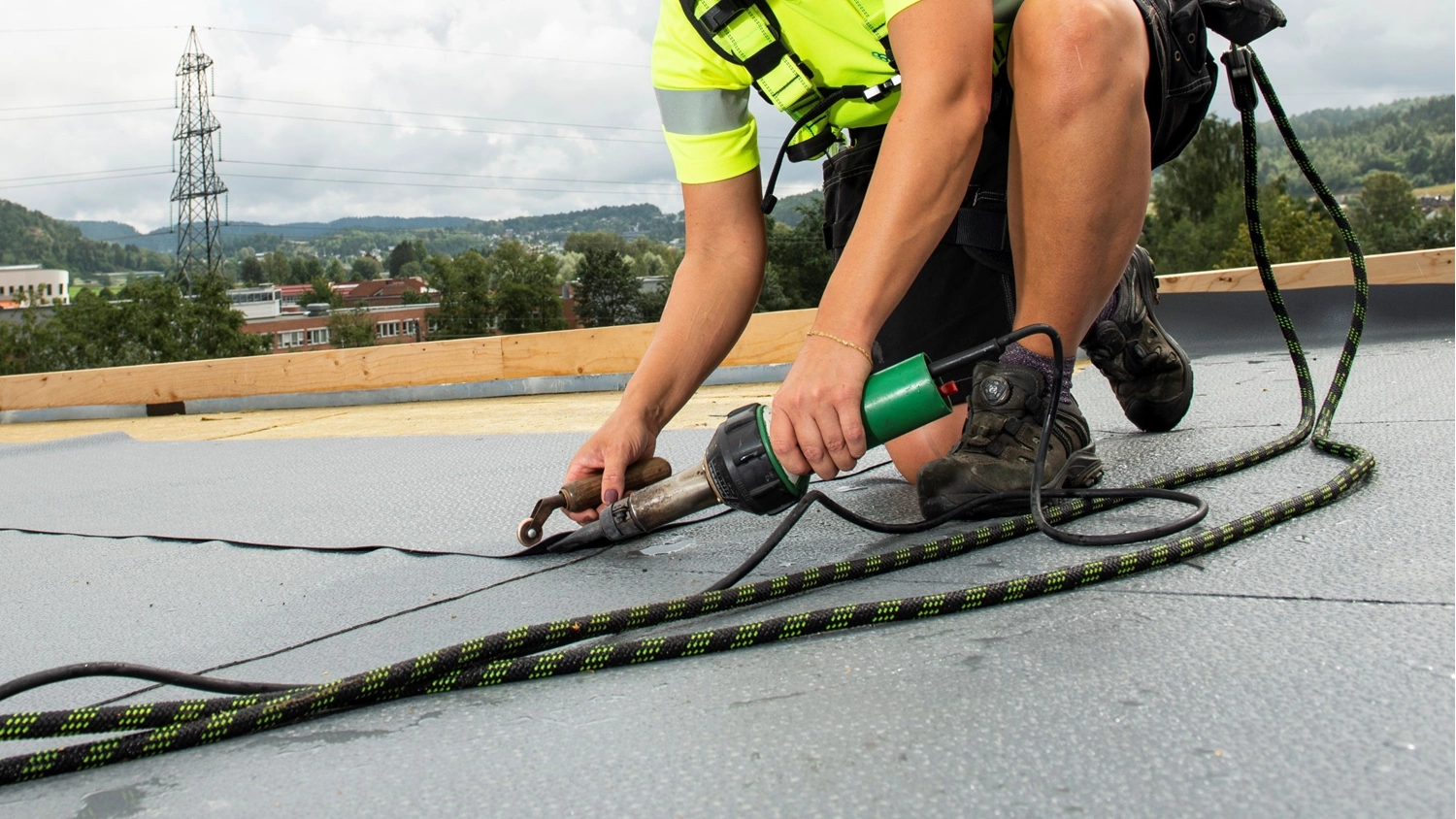
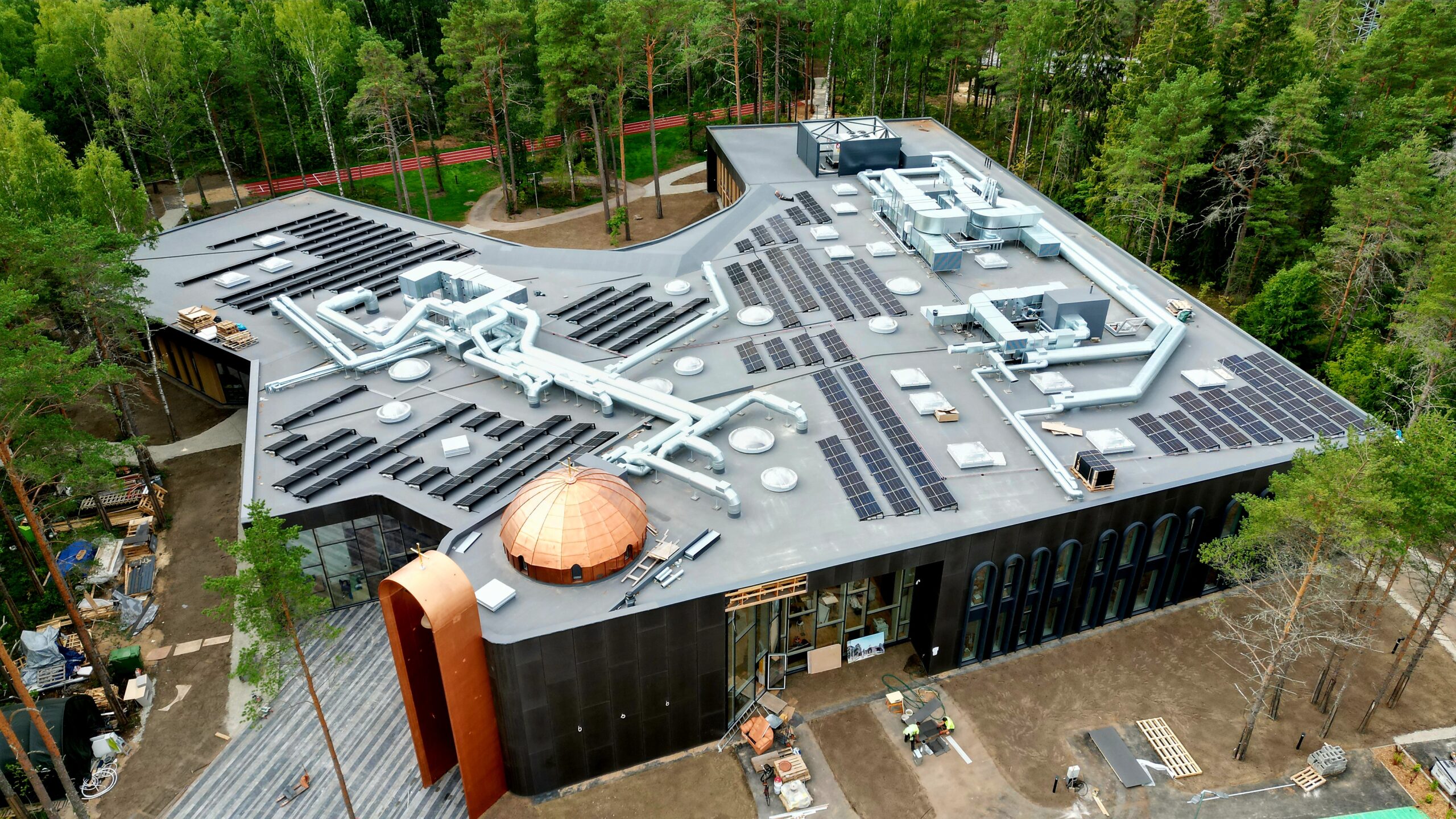
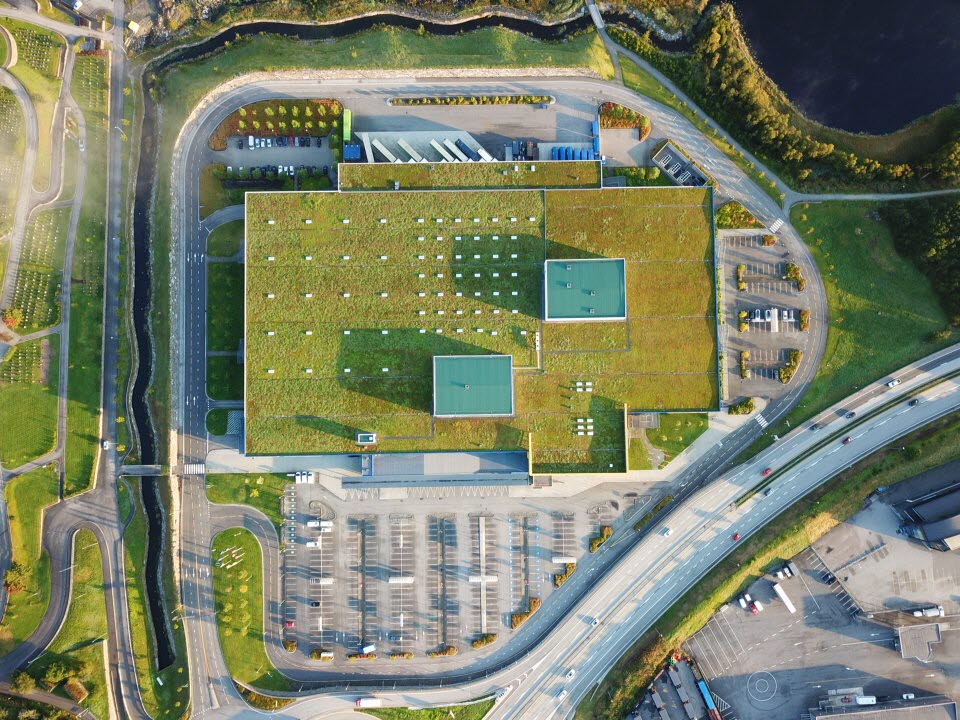
Types of flat roofs
- Standard coverings – the slope is 1:40.
- Walkable roofs – roofs designed for pedestrian or vehicle traffic (terraces, balconies, roof gardens). The minimum slope is 1:100.
- Non-insulated roofs – the roof covering is installed directly on the roof structure, without the use of insulation materials.
- Insulated roofs
- Ventilated Roofs – the insulation layer has ventilation ducts to remove moisture trapped under the roof covering.
- Closed roofs – the insulation layer is sealed between the substructure and the roof covering without ventilation ducts.
- Roofs with structural insulation – the insulation layer is the load-bearing structure. The main insulation elements are aerated concrete, lightweight concrete, or multi-layered “sandwich” type roof panels.
- Inverted roofs – the insulation layer is located on top of the waterproofing layer. The insulation layer must be covered with a protection layer made of monolithic concrete, concrete or ceramic tiles, asphalt concrete, gravel, or a grass surface.
- Indoor pl umbing – water is piped from the roof surface through collectors into the building’s internal plumbing pipes.
- External flood ing – in the case of external flooding, water falls over the edge of the gutter, in the case of managed flooding, into the rainwater gutters.
Flat roof systems
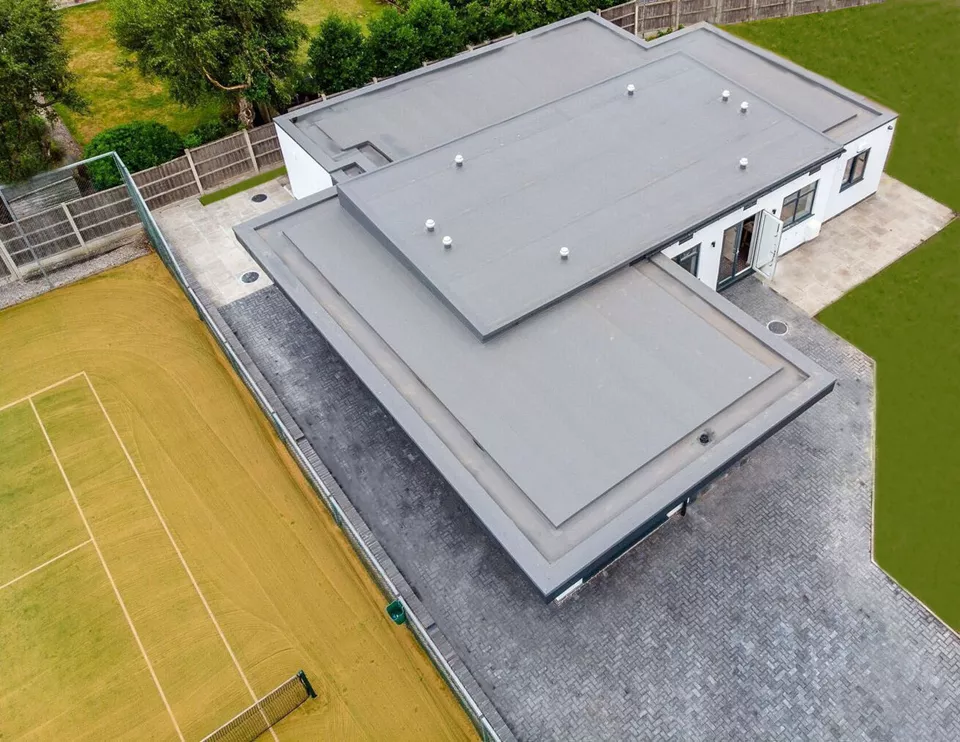
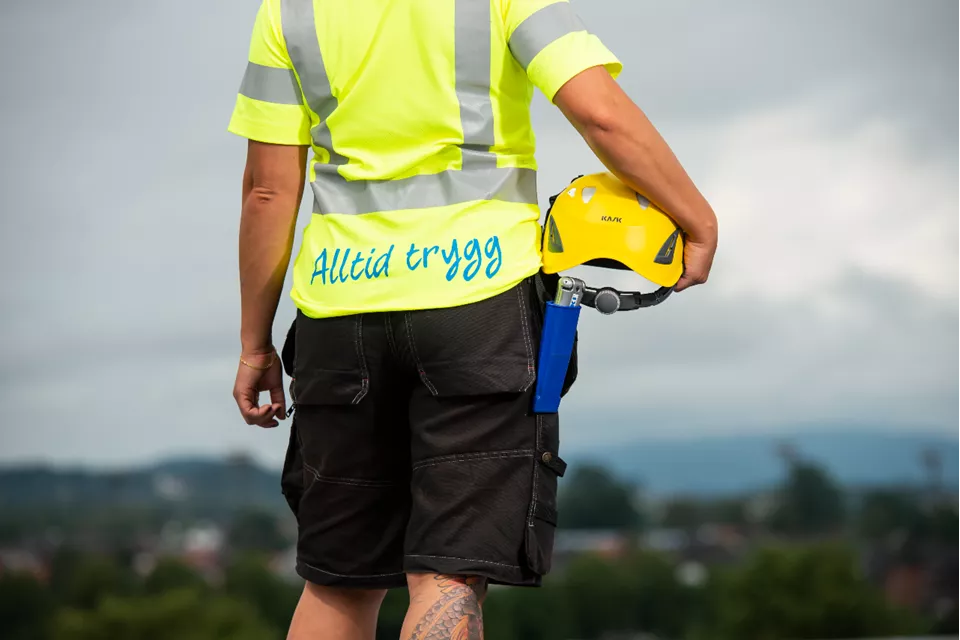
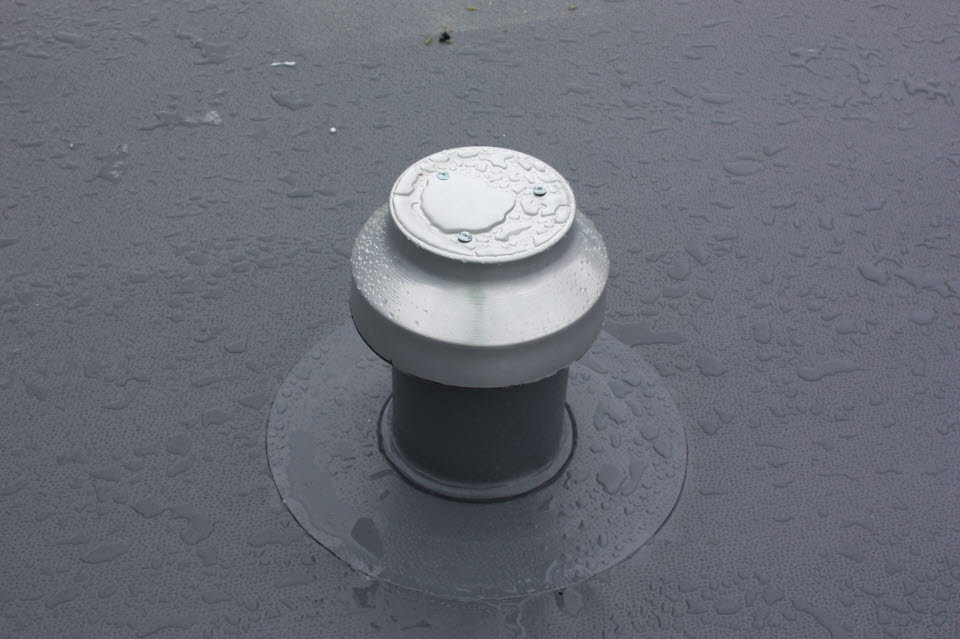
Maintenance of flat roofs
Unlike pitched roofs, flat roofs are ‘invisible’ roofs, which usually only become apparent to a property manager or homeowner when certain problems arise.
Blocked gutters can cause several tonnes of rainwater to accumulate on the roof, which can lead to the roof structure deforming and, in the worst case, the whole roof collapsing.
Over time, uncleared leaves and other debris create a layer of humus on the roof, on which trees that have sprouted roots penetrate the roof covering, causing first leakage and later deformation of the roof support structure.
In addition, one must take into account the different movements of the building and load-bearing structures. For example, horizontal movement is caused by the overheating of the roofing material in summer and low temperatures in winter, while vertical movement is caused by the load of precipitation (rain, snow, ice) and the uplift load from strong winds or storms.
With all this in mind, every roof owner should carry out periodic roof maintenance, as a well-maintained roof has a much longer lifespan!